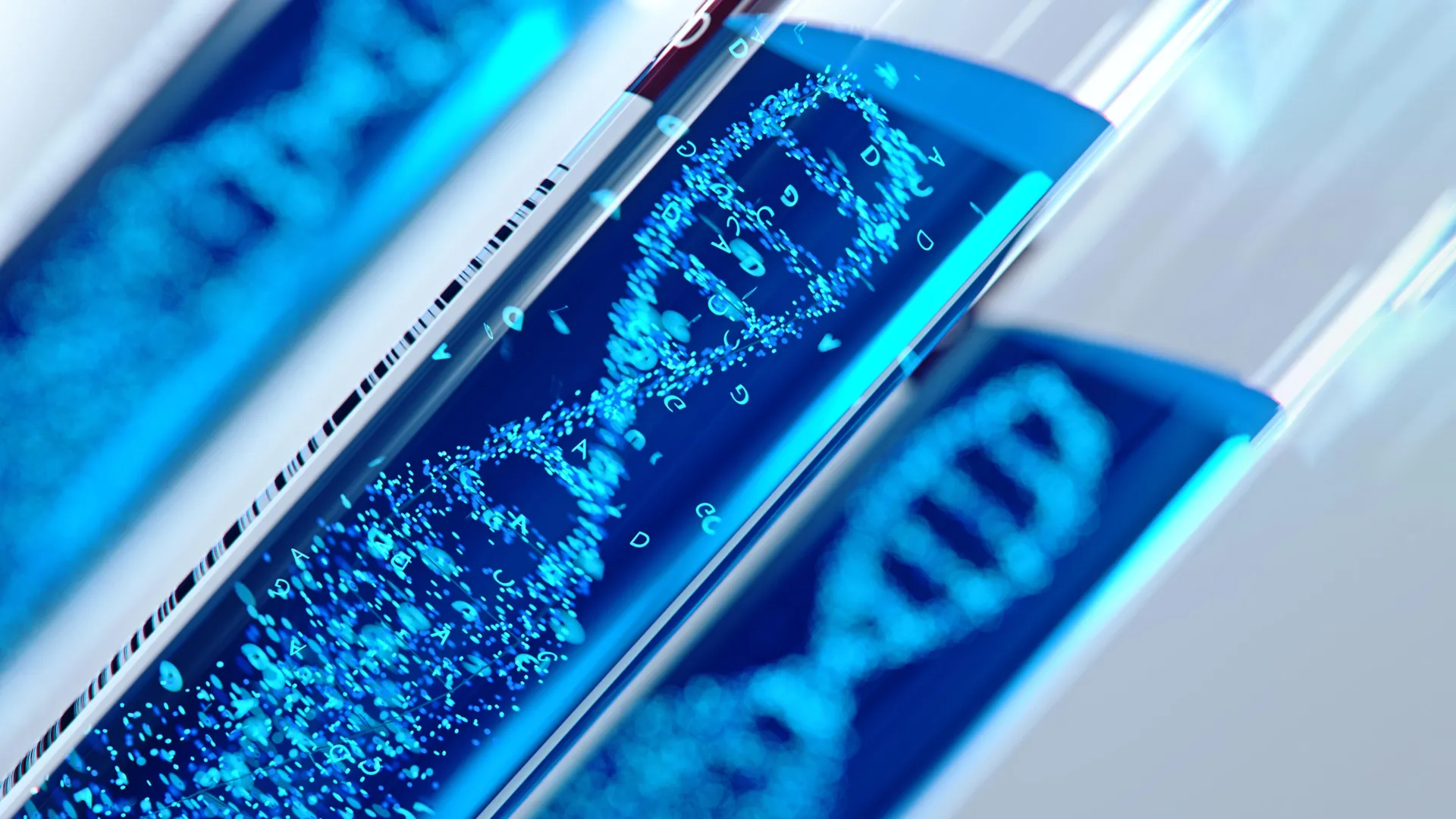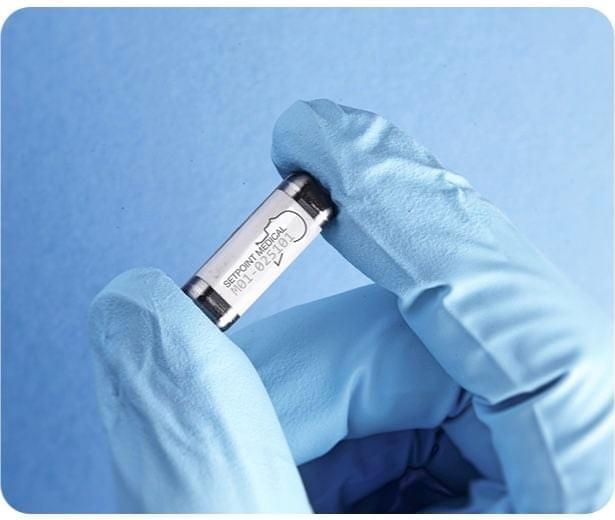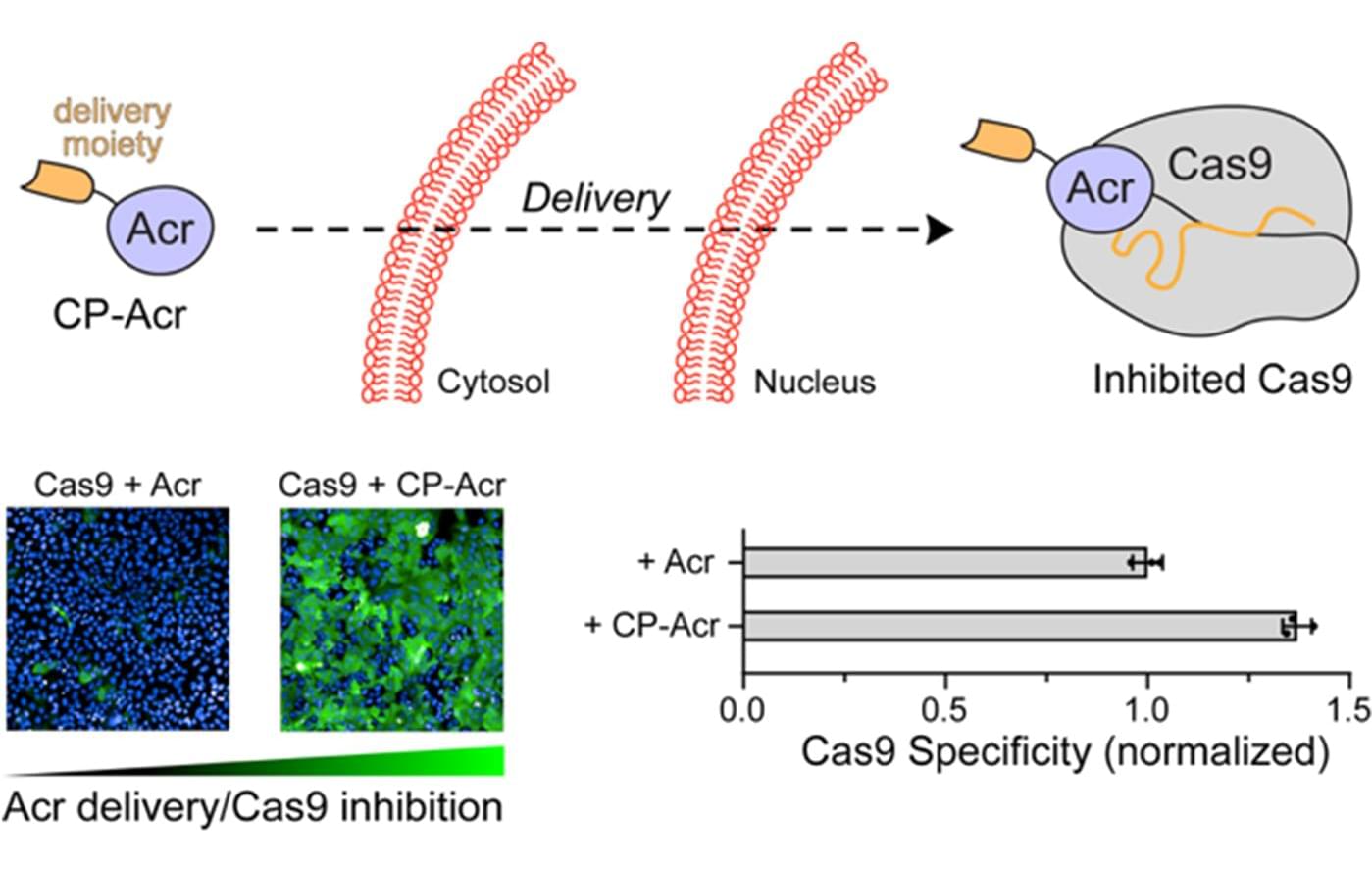During cognitive decline, lithium is sequestered into amyloid plaques; treatment with the metal reverses symptoms



Researchers at Scripps have created T7-ORACLE, a powerful new tool that speeds up evolution, allowing scientists to design and improve proteins thousands of times faster than nature. Using engineered bacteria and a modified viral replication system, this method can create new protein versions in days instead of months. In tests, it quickly produced enzymes that could survive extreme doses of antibiotics, showing how it could help develop better medicines, cancer treatments, and other breakthroughs far more quickly than ever before.


Questions to inspire discussion.
Data and Autonomy.
📊 Q: Why is vision data valuable in AI development? A: Vision data is worth more than zero if you can collect and process yataflops and yataflops of data, but worthless without collection capabilities, making the world’s visual data valuable for those who can collect and process it.
🚗 Q: How does solving autonomy relate to AI development? A: Solving autonomy is crucial and requires tons of real world data, which necessitates tons of robots collecting real world data in the real world, creating a cycle of data collection and AI improvement.
Company-Specific Opportunities.
🔋 Q: What advantage does Tesla have in developing humanoid robots? A: Tesla has essentially built the robot’s brain in their vehicles, allowing them to transplant this brain into humanoid robots, giving them a massive head start in development.

Researchers at Sylvester Comprehensive Cancer Center, part of the University of Miami Miller School of Medicine, have documented their use of a new RNA sequencing technology to uncover molecular drivers of cellular differentiation that could lead to better regenerative therapies.
In addition to being used in the lab, the technique, Rapid Precision Run-On Sequencing (rPRO-seq), has the potential to help doctors understand patients’ disease states and response to treatment in real time.
The findings appear in two published articles in Molecular Cell.

The U.S. National Science Foundation Directorate for Technology, Innovation and Partnerships (NSF TIP) announced an inaugural investment of nearly $32 million to five teams across the U.S. through the NSF Use-Inspired Acceleration of Protein Design (NSF USPRD) initiative. This effort aims to accelerate the translation of artificial intelligence-based approaches to protein design and enable new applications of importance to the U.S. bioeconomy.
“NSF is pleased to bring together experts from both industry and academia to confront and overcome barriers to the widespread adoption of AI-enabled protein design,” said Erwin Gianchandani, NSF assistant director for TIP. “Each of the five awardees will focus on developing novel approaches to translate protein design techniques into practical, market-ready solutions. These efforts aim to unlock new uses for this technology in biomanufacturing, advanced materials, and other critical industries. Simply put, NSF USPRD represents a strategic investment in maintaining American leadership in biotechnology at a time of intense global competition.”
Researchers have made significant progress in predicting the 3D structures of proteins and are now leveraging this knowledge to design proteins with specific, desirable characteristics. These advances have been driven by macromolecular modeling, access to training data, applications of AI and machine learning, and high-throughput methods for protein characterization. The NSF USPRD investment seeks to build on this foundation by bringing together cross-disciplinary and cross-sector experts nationwide. The goal is to extend these advances to enzyme design and accelerate the translation of this work into widespread, real-world applications.

The FDA’s recent approval of the first CRISPR-Cas9–based gene therapy has marked a major milestone in biomedicine, validating genome editing as a promising treatment strategy for disorders like sickle cell disease, muscular dystrophy, and certain cancers.
CRISPR-Cas9, often likened to “molecular scissors,” allows scientists to cut DNA at targeted sites to snip, repair, or replace genes. But despite its power, Cas9 poses a critical safety risk: the active enzyme can linger in cells and cause unintended DNA breaks—so-called off-target effects—which may trigger harmful mutations in healthy genes.
Now, researchers in the labs of Professor Ronald T. Raines (MIT Department of Chemistry) and Professor Amit Choudhary (Harvard Medical School) have engineered a precise way to turn Cas9 off after its job is done—significantly reducing off-target effects and improving the clinical safety of gene editing. Their findings are detailed in a new paper published this week in the Proceedings of the National Academy of Sciences (PNAS).
Researchers used cells that glow green due to a green fluorescent protein (GFP) gene. If Cas9 is working, it disrupts the GFP gene and the cells stop glowing. If LFN-Acr blocks Cas9, the cells keep glowing. These images depict cells in different conditions: some with active Cas9 (which stopped the green glow), some with Cas9 and LFN-Acr (glow stayed on).
Image courtesy of the researchers.

The human brain builds mental representations of the world based on the signals and information detected via the human senses. While we perceive simultaneously occurring sensory stimuli as being synchronized, the generation and transmission speeds of individual sensory signals can vary greatly.
Researchers at the Institute of Molecular and Clinical Ophthalmology Basel (IOB), University of Basel and Eidgenossische Technische Hochschule (ETH) Zurich recently carried out a study aimed at better understanding how the human visual system achieves this synchronization, regardless of the speed at which visual signals travel. Their paper, published in Nature Neuroscience, reports a previously unknown mechanism through which the retina synchronizes the arrival times of different visual signals.
“We can see because photoreceptors in the retina at the back of our eyes detect light and encode information about the visual world in the form of electrical signals,” Felix Franke and Annalisa Bucci, senior author and first author of the paper, respectively, told Medical Xpress.

A mobile phone app designed to deliver suicide-specific therapy reduced suicidal behavior among high-risk psychiatric inpatients, according to a new study by scientists at Yale School of Medicine and The Ohio State University Wexner Medical Center and College of Medicine.
The study, published in JAMA Network Open, found that the app, OTX-202, reduced the recurrence of post-discharge suicide attempts by 58.3% among patients who had previously attempted suicide. This reduction is a critical achievement for a group that is particularly vulnerable to repeated suicidal behaviors, the researchers said.
Users of the app also experienced sustained reductions in suicidal thoughts for up to 24 weeks after psychiatric hospitalization, according to the study. In contrast, patients who used an active control app in addition to treatment as usual showed early improvement, but suicidal thoughts rebounded by week 24.